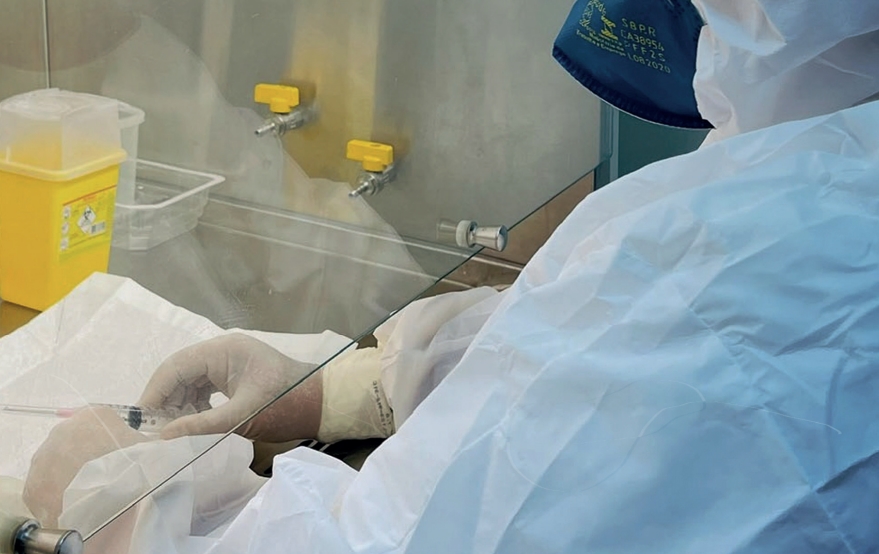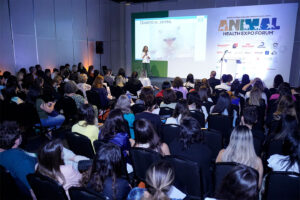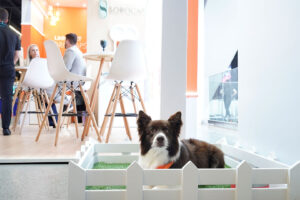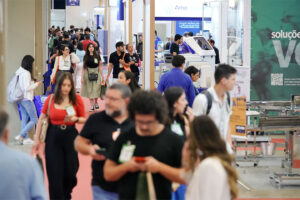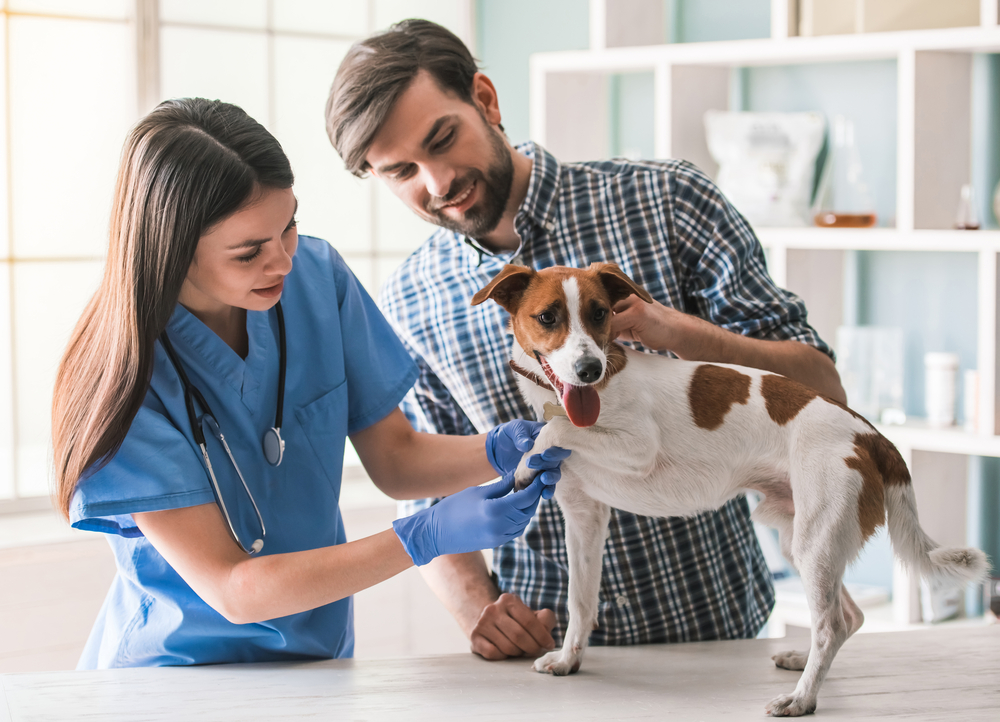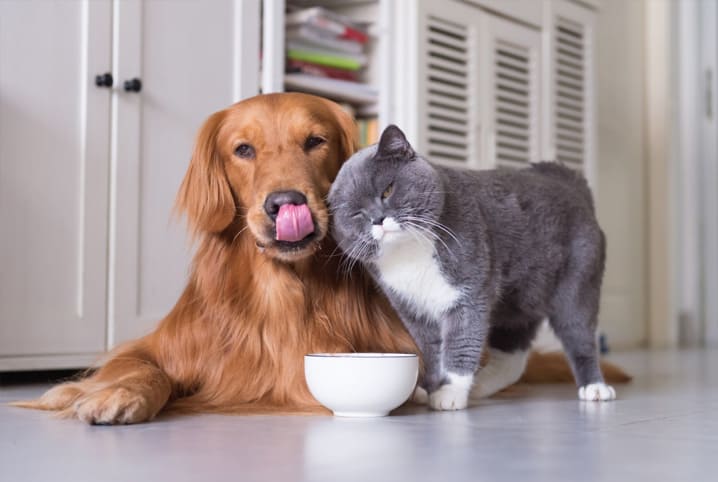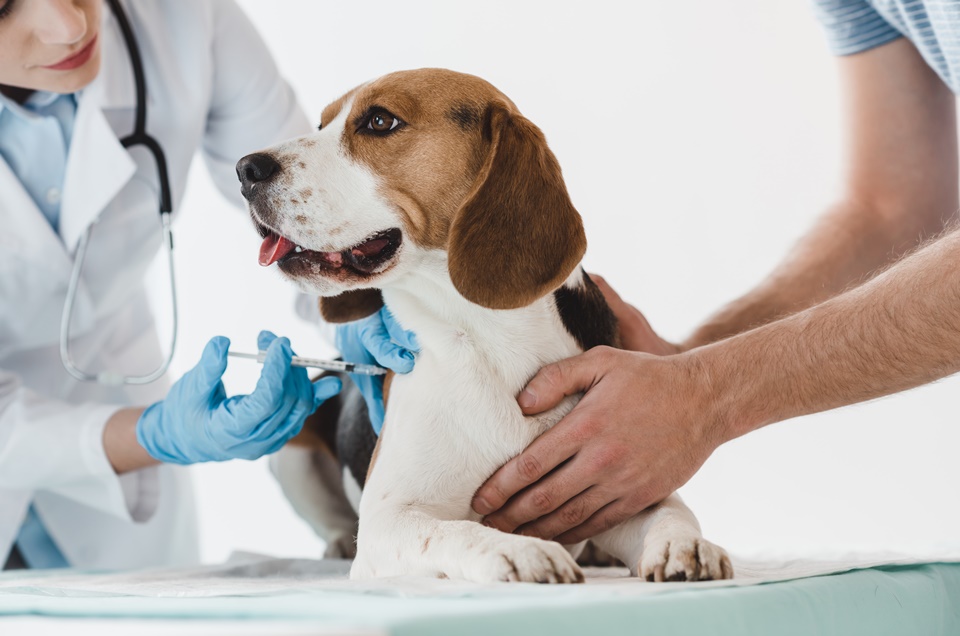Traditional methods of masterful manipulation work in conjunction with oncology, providing support and treatment alternatives.
Compounding pharmacies are increasingly focused on clinical specialties, and one area that has stood out is Oncology. Always thinking about the safety and quality of medication, pharmacies specializing in the field require a qualified pharmacist who can master highly complex activities and comply with the biosafety requirements described by health legislation. In parallel, traditional methods of masterful manipulation work alongside oncology, providing support and treatment alternatives that contribute to adherence to therapies and, consequently, improve patients' quality of life. Currently, the master market has been innovating through technological advances and expanding not only the varieties of pharmaceutical forms, but also the availability of more efficient systems, specialized pharmaceutical attention and personalized service, which are adjuvants to antineoplastic therapies.
STRUCTURE OF THE ONCOLOGY PHARMACY The minimum structure for an antineoplastic handling center is described in RDC/Anvisa 50/02, RDC 220/04 and RDC 67/07, and must have:
- Room for administrative activities;
- Place for washing utensils and packaging materials;
- Quarantine and labeling area (conferences, double checking and inspection of the compounded medicine);
- Dispensing sector;
- Exclusive storage area for storing AT-specific medications (Antineoplastic Therapy);
- Area intended for attire (antechamber), provided with a washbasin for hand hygiene;
- Clothing;
- Temporary waste storage area;
- Exclusive room for preparing medicines for AT, with a minimum area of five m² per biological safety cabinet; It is
- Biological Safety Cabinet (CSB) Class II B2, which must be installed following the guidelines contained in RDC/Anvisa 50/02.

